How Snorkeling Works: Guide and Tips For Beginners
Snorkeling is an easy-to-learn water activity that doesn’t require too many skills or gear. Still, many people fear getting into the water for various reasons. Some are afraid of drowning, and some are from sharks, but the most common problem is that they are not confident in the water and/or don’t know how to use their snorkeling equipment properly.
If you are a first-timer, study this snorkeling for beginners guide, where I share a step-by-step guide on how to snorkel along with useful tips on how to overcome your fear and become a confident snorkeler.
What Gear Do You Need for Snorkeling?
To go snorkeling, there are only a few things you will need to be able to see clearly and move efficiently and comfortably in the water.
Snorkel gear essentials:
Mask: A snorkeling mask is similar to swimming goggles, except it covers your nose as well. This allows you to submerge your face while avoiding water entering your nostrils.
Make sure to choose a mask that fits your face nicely. To do this, try on a few masks beforehand to see which feels like the best fit, if the mask fits well it should stay on your face when you breathe in through your nose, without needing to use the mask strap to keep it on.

Snorkel: A snorkel is a tube that you hold in your mouth when you are snorkeling, allowing you to breathe easily without lifting your head up for air. There are a few different styles of snorkel, including dry snorkels, semi-dry snorkels, and basic snorkels.
If you are nervous about water entering your snorkel, a dry snorkel (or a full face snorkel mask which has an “integrated snorkel”) might be best for you as it has a valve at the top of the snorkel that doesn’t allow water to enter.
Fins: Fins are worn on your feet to make moving through the water much easier, as you can swim more efficiently and navigate better using them. They can also add a level of safety in case you get caught in a current or need to get back to shore quickly.
Wetsuit/rash guard: To stay warmer for longer while snorkeling, wear a wetsuit. Depending on where you are snorkeling, you can choose between different thicknesses of wetsuit.
A 3mm shorty wetsuit should be enough for tropical waters. Colder waters might require a 7mm full-length wetsuit.
Ensure a proper fit with your wetsuit; it should be comfortable but tight enough that water doesn’t flood inside it. For very cold waters you might even choose to add a neoprene hood or socks and gloves.
If the water is warm and you don’t feel that a wetsuit is required, you might choose to wear a rash guard to protect you from the sun and jellyfish stings.
Life Jacket: If you are not a strong swimmer, a life jacket will keep you effortlessly buoyant while snorkeling so you don’t have to worry about staying afloat. They are also brightly colored which makes you to be seen in the water.
There are many additional equipment for snorkeling, such as an underwater camera, GoPro, marker buoy, waterproof torch, snorkeling watch etc… But for beginners, I recommend getting only the necessary basic gear and not stressing yourself with carrying extra items until you are not entirely comfortable in the water.
How to Snorkel – Step-by-Step Guide to Learn the Right Technique
Now you know what you’ll need to go snorkeling, let’s talk about how snorkeling is done, summarizing the basics step-by-step:
Step zero: Make sure that the conditions are safe for snorkeling
A snorkeling session should always start with confirming that the conditions are safe to be in the water. This includes checking the actual weather and water conditions, making sure that there are no dangerous marine animals around, but also planning safe entry and exit points.
Step one: Prepare and put on your equipment
After you’ve checked the place is safe to snorkel, you can get ready to get into the water. This means donning all of your equipment, defogging your mask and making sure you have all accessories you want to take with you in the water.
Step two: Enter the water safely
Now that you are prepared, you can enter the water safely and with the group. Stay together with your buddy or close to your group when you are in the water, and don’t swim away on your own.
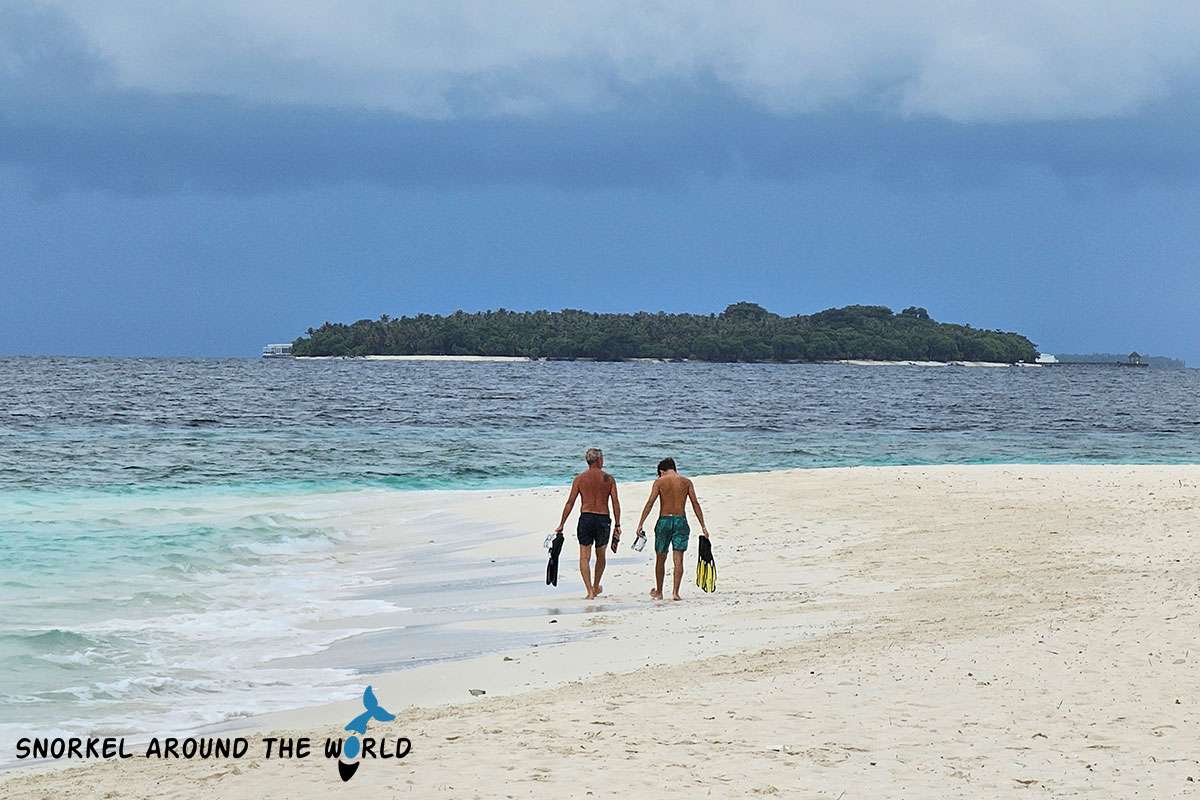
Step three: Put on your mask
A good-fitting snorkel mask seals comfortably around your eyes and nose without overtightening the strap. Make sure that there is no hair under the silicone skirt. Otherwise, your mask will leak.
Step four: Put the snorkel into your mouth
Insert the snorkel tube into your mouth; bite gently on the mouthpiece of it so it stays securely in place.
Step five: Put your head in the water:
When you feel ready, with the mask on your face and the snorkel in your mouth, move into a lying-down position on the surface with your face in the water. You should be able to float comfortably, even without a life jacket or wetsuit.
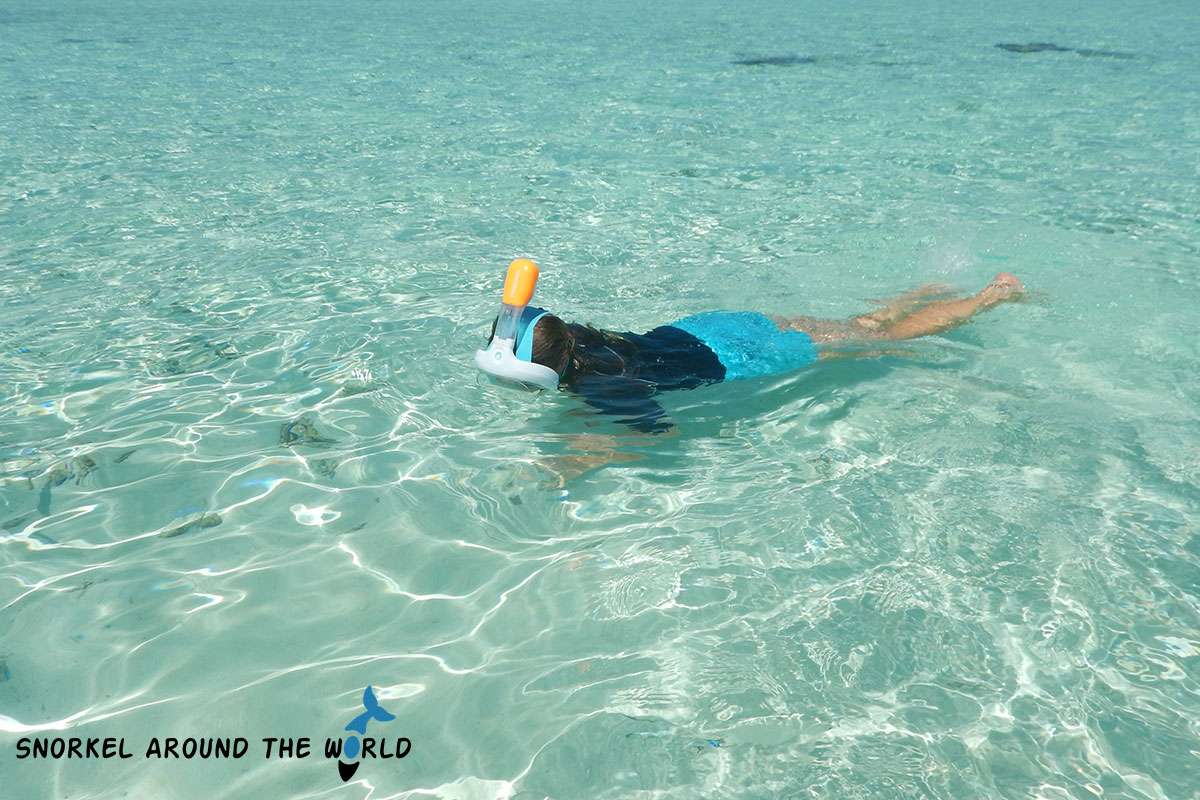
Spend some time getting used to feeling your face is in the water. Putting the head underwater seems unnatural for many people at first, but overcoming the fear usually does not take long.
Step six: Get comfortable breathing through the snorkel
First-time snorkelers may find breathing very weird through a tube, which usually results in short, fast breathing and wasting energy. Take as long as you need to get used to this new type of breathing and adjust to your new surroundings.
Maintain regular, calm breathing and try to stay relaxed. This will help you stay relaxed and conserve energy. If you panic, lift your head above water, remove the snorkel from your mouth, and breathe normally until you get calm.
Step seven: Start kicking your legs
The next step is to start moving through the water. The easiest and most efficient way to do this is by using your fins to kick your legs up and down.
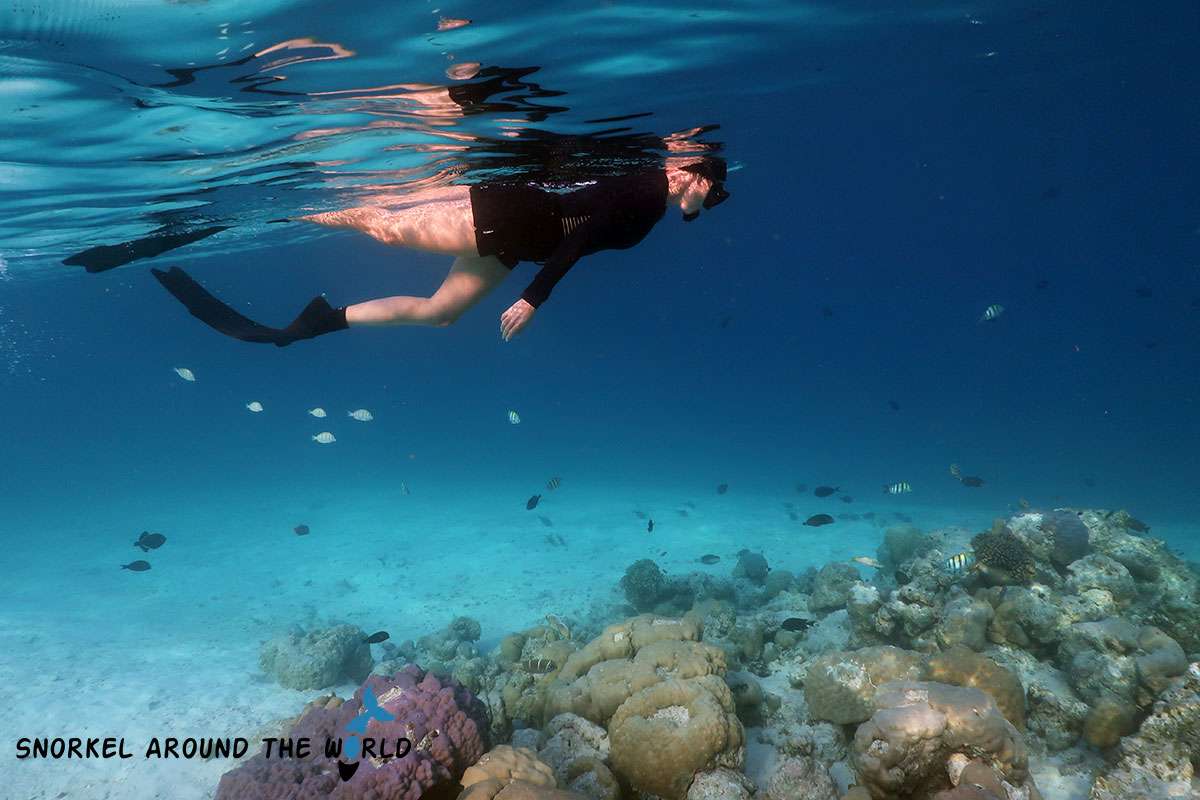
Try to keep your legs quite straight and your toes pointed for the best technique. There is no need to go too fast, snorkeling is a slow and relaxing water activity and you should maintain normal, calm breathing throughout.
If you are not using fins, breaststroke is the best swimming technique for snorkeling. If you are using fins to move you through the water, you do not need to use your arms at all; the power from the fins is enough to move you, and trying to use your arms will tire you out unnecessarily. Keep your arms by your side for the most streamlined position.
Step eight: Enjoy and stay safe
Now that you have successfully snorkeled, you can start to take in the view. Look at all the beautiful underwater life and move slowly around the snorkel site.
Safety is always the number one priority, so always keep an eye on where your snorkel buddies are and ensure you stay close. Make sure you can see the shore/boat and you can always safely exit the water.
10 Useful Tips for First-Time Snorkelers
Improve your swimming
You can absolutely enjoy observing marine life by floating on the surface wearing a life vest that keeps you afloat, but we don’t recommend snorkeling for non-swimmers. As you don’t grab the wheel in a car without some basic driving skills, you don’t jump into the ocean without knowing how to swim.

Beginner snorkelers will find a lot of fascinating creatures to see, even in waist-deep water where they can stand if needed, but the best marine life can be found in greater depths, where you need to know how to swim.
Of course, you don’t need to be an Olympic swimmer, but the better you swim, the safer you will be in the water. Ask a friend to practice with you in your local pool or take a few lessons to learn how to swim and float properly before jumping into the big blue!
Choose good quality, fitting equipment
A common beginners’ mistake when snorkeling is that they use the wrong equipment. The quality and fitting of your snorkeling gear determine how your first experience is, so make sure to spend time researching what equipment to use.
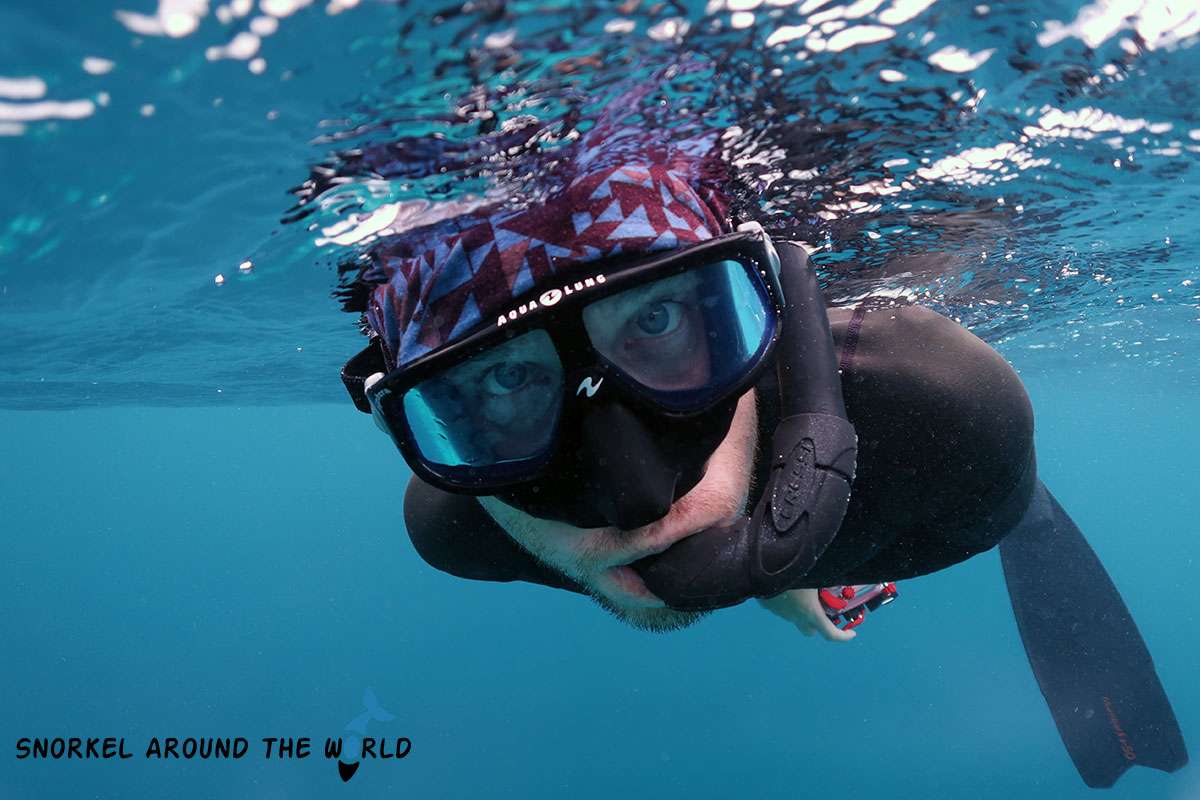
Your gear can be rented, but it is always better to have your own snorkeling kit so you will know it fits well and is in good condition. The basics include only snorkeling goggles, a pair of flippers, and a snorkel tube, so it is a little investment that benefits beginners.
Practice in a swimming pool
Buying the right snorkel gear is just part of the job; you should know how to use it. If you have never snorkeled before, during your first time in the water, you may find it unnatural swimming with a mask on your head and breathing through a tube.
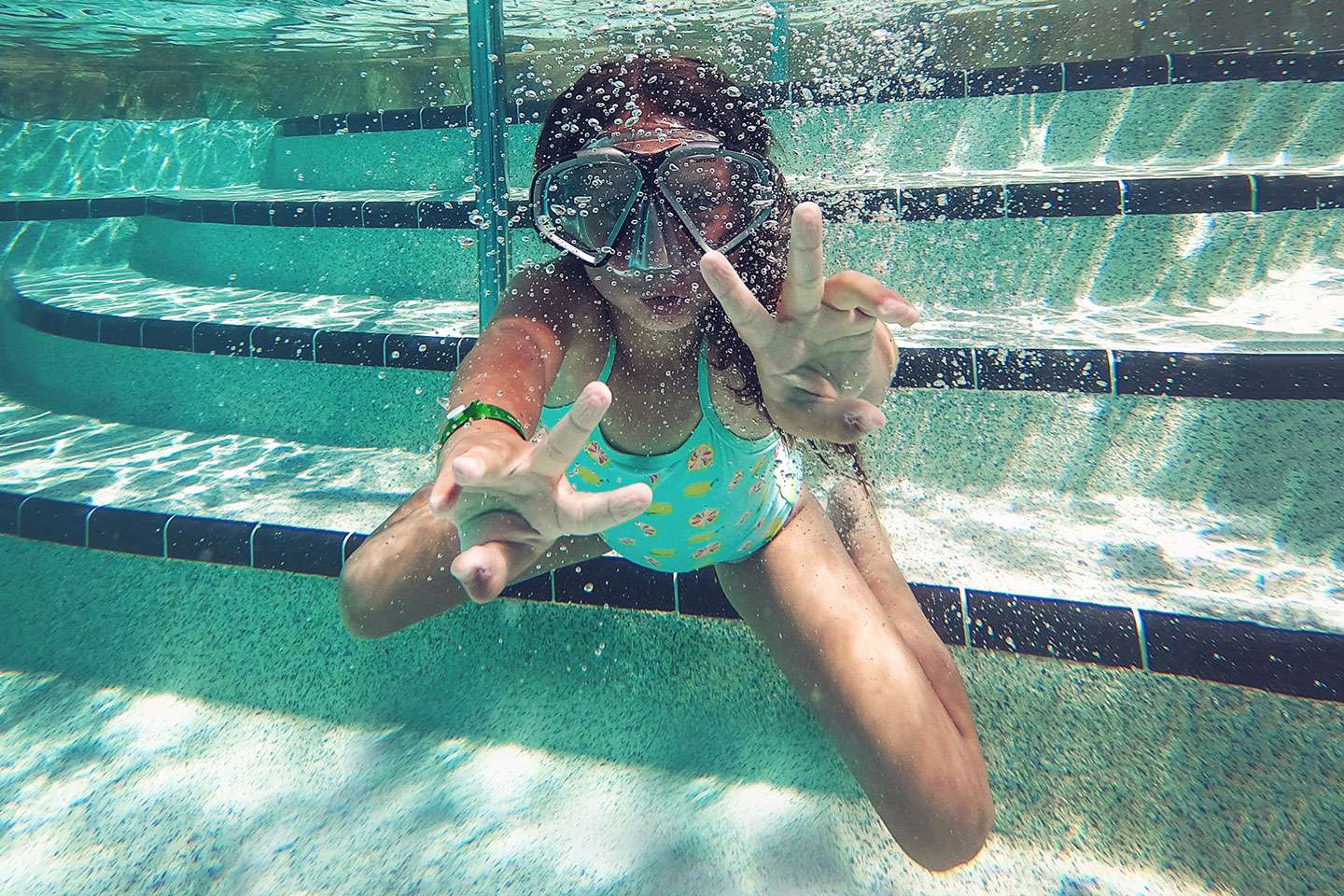
This may scare first-timers, but you can easily make your body and mind adapt to this new situation by practicing in a pool with a friend.
Master your snorkeling skills
In the next step, practice in a shallow, current-free bay or in a designated swimming area. The most important is to learn how to float on the surface without making too much effort. You need to swim slowly and breathe easily. You don’t even need to use your hands.
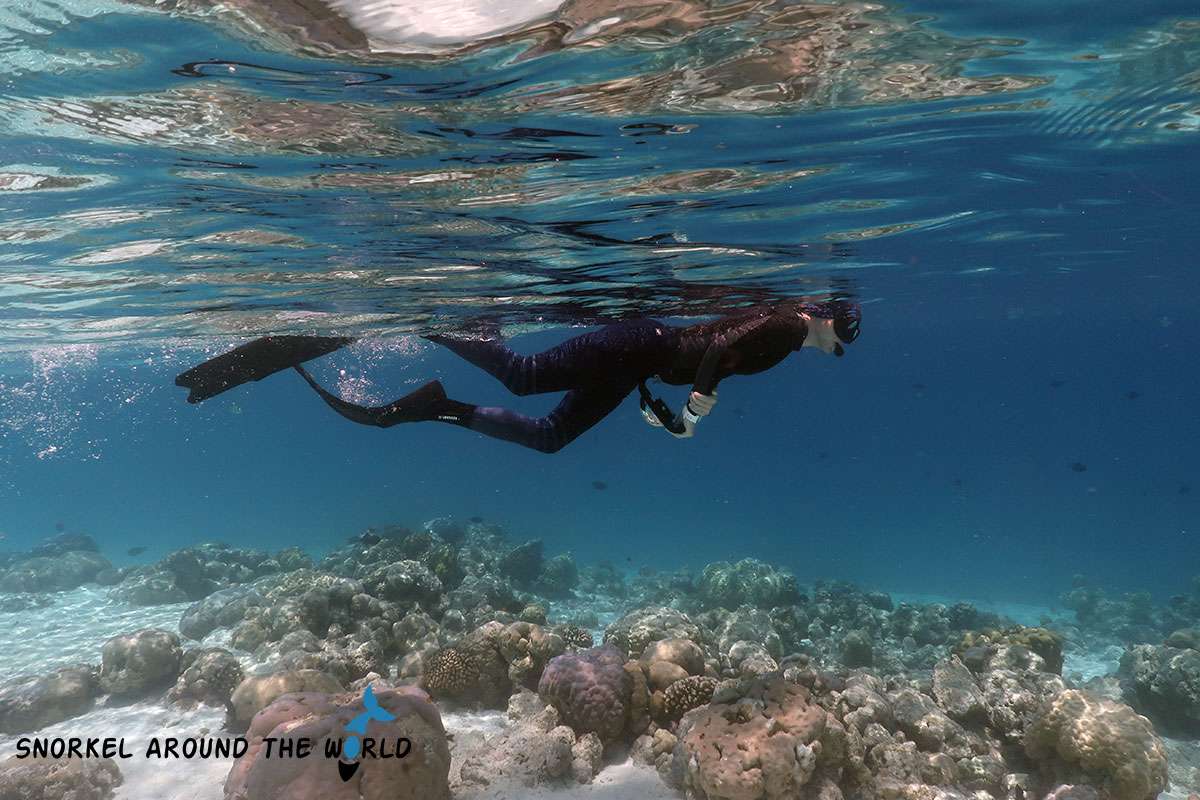
If a dive center is nearby, ask them if they offer a snorkeling course for beginners where they teach how to clear your snorkel of water, the right finning technique, and how to stop your mask from fogging. Remember, practice makes perfect!
Choose a safe place to snorkel
Although the best coral reefs are available by boat only, such snorkeling trips require a little more experience since they usually happen in deep waters. For those who are not that advanced yet, we recommend going snorkeling from shore. Beginners should avoid advanced experiences such as snorkeling at night or drift snorkeling.

There are many excellent destinations all over the world, whether it’s the Caribbean, North America, Europe, or Asia where you find fantastic marine life with easy beach access. Choose a safe area with calm waters which is not too deep, there are no strong currents, no boat traffic, and ideally, there is a lifeguard. If possible, snorkel in the morning because the water is usually calmer than in the afternoon.
Take safety precautions
No matter how experienced you are, the ocean conditions can change quickly; therefore taking safety precautions is recommended for everyone entering the water, even for advanced snorkelers, but it is a must for first-timers.

One of our most important tips for beginner snorkelers is to use safety equipment: get an inflatable snorkel vest or a flotation device if you don’t feel confident floating in open water. To be visible for passing boats and for people on the shore, carrying a surface marker buoy is also highly recommended.
Never snorkel alone
Underwater sports require buddy system where both parties are responsible for each other’s safety. This rule especially applies to scuba diving and freediving; however snorkeling alone is possible, it is absolutely not recommended.

Several human and natural factors – for example, leg cramping or coral injury- can create dangerous situations, so always have a snorkel buddy in order to snorkel safely.
Learn to read the weather and water conditions
Determining where to snorkel and what is the best time to go snorkeling is a complex process that includes analyzing various elements.

Most of these aspects are obvious even for people who spend time by the ocean just occasionally, such as stormy weather or extreme waves, but some factors that are not so evident or maybe invisible, so even novice snorkelers should know how to read the weather and water conditions that include understanding currents, tides, waves, and winds.
Think about sun protection
Also, don’t forget sun protection; beginners usually wear their usual swimsuit only when going on their first snorkeling adventure and get a bad sunburn. The reasons for this are simple; first, snorkeling is better when there is a lot of light during the day, which means the time when UV radiation is the highest. Second, it is easy to get mesmerized by the sea life, forget about the time and stay too long in the water.
A sunburn is not only painful but also dangerous, so make sure that your snorkeling gear includes sun protection accessories. We recommend a rash guard that protects your skin against the sun and helps prevent jellyfish stings too.
Practice reef etiquette
Snorkeling is an activity where people actively interact with nature. You sure will be mesmerized by the variety of creatures you will witness, but remember you are just a visitor in their world, so don’t cause any damage to this sensitive ecosystem.

Learn how to snorkel responsibly and respect the underwater world: don’t touch the corals, and don’t chase or feed marine animals. Get a few marine life identification books; it will help you identify the species you see and know what creatures can be dangerous if you get too close to them.
Conclusion – Dos and Don’ts for Beginner Snorkelers
Snorkeling is a fun and very enjoyable way of exploring the underwater world. This water sport is easy to learn and requires only a few skills and very little equipment, but there are a few rules that beginners should learn and follow so their water experience will be safe, and comfortable and the risk of making mistakes will be low. To sum it up, here are the most important dos and don’ts:
Do:
- improve your water confidence
- get good quality, fitting snorkeling equipment
- know how to use your snorkel gear
- practice in a pool or shallow water first
- learn how to float on the surface and stay relaxed while swimming
- use safety accessories
- snorkel with a buddy
- understand the weather and ocean conditions
- learn about marine species
Don’t:
- don’t be afraid in the water
- go into deep water until you don’t swim well
- use bad-quality or damaged equipment
- swim with your hands, learn to use your fins
- go snorkeling alone
- be in the ocean if the weather conditions are not good
- touch or chase marine life
- feed the fish
FAQs
Can anybody go snorkeling?
Mostly, anybody can enjoy snorkeling. However, disabled people, people with mental health issues, the elderly, and young children might require special assistance in order to stay safe in the water. Always check with a physician if you are worried that snorkeling might not be safe for you or a loved one. If special assistance is required, many dive centers offer trained snorkel guides who can assist with putting on and taking off equipment, helping you through the water, and pointing out exciting things along the way.
Can you go snorkeling if you wear glasses?
You cannot take your glasses snorkeling with you as they do not fit underneath a snorkeling mask. However, if you cannot see without your glasses, you can choose to wear contact lenses, or buy a prescription mask to allow you to see clearly in the water.
Can you go snorkeling on your period?
Yes, there is no reason why you wouldn’t be able to go snorkeling while you’re on your period. It is an unproven rumor that period blood attracts sharks, but if you are worried, you can use a tampon or period cup while snorkeling to ensure that no blood escapes your body. If using a tampon, you should change the tampon for a new one after exiting the water.
Can you go snorkeling while pregnant?
You should always check with a doctor before engaging in water activities while pregnant. But in theory, there is no reason why a healthy pregnant person cannot go snorkeling, as long as they stay on the surface and do not try to dive down under the water, and do not swim too vigorously.
What skills are required for snorkeling?
There aren’t many skills needed before taking up snorkeling, you don’t have to be a great swimmer in order to enjoy snorkeling. However, breathing comfortably through the snorkel in shallow water is an excellent idea before taking it deep. You can do this in confined water such as a pool and submerge your face while in shallow water to get used to the feeling; this way, you can stand up whenever you like. You might also want to practice kicking while wearing fins on your feet in shallow water before heading deeper.
Do I need to know how to swim to go snorkeling?
You can enjoy snorkeling even if you are not a good swimmer. Snorkeling can be done while wearing a life jacket, providing buoyancy so you don’t have to tread water to stay on the surface. You can also wear fins on your feet, allowing you to move quickly through the water. However, non-swimmers might be prone to panicking once they realize they are out of their depth and cannot easily stand up, so it helps to become comfortable floating in water that is too deep in which to stand (a swimming pool is best), before hitting deep open water for snorkeling.
Inspired? Pin it!

